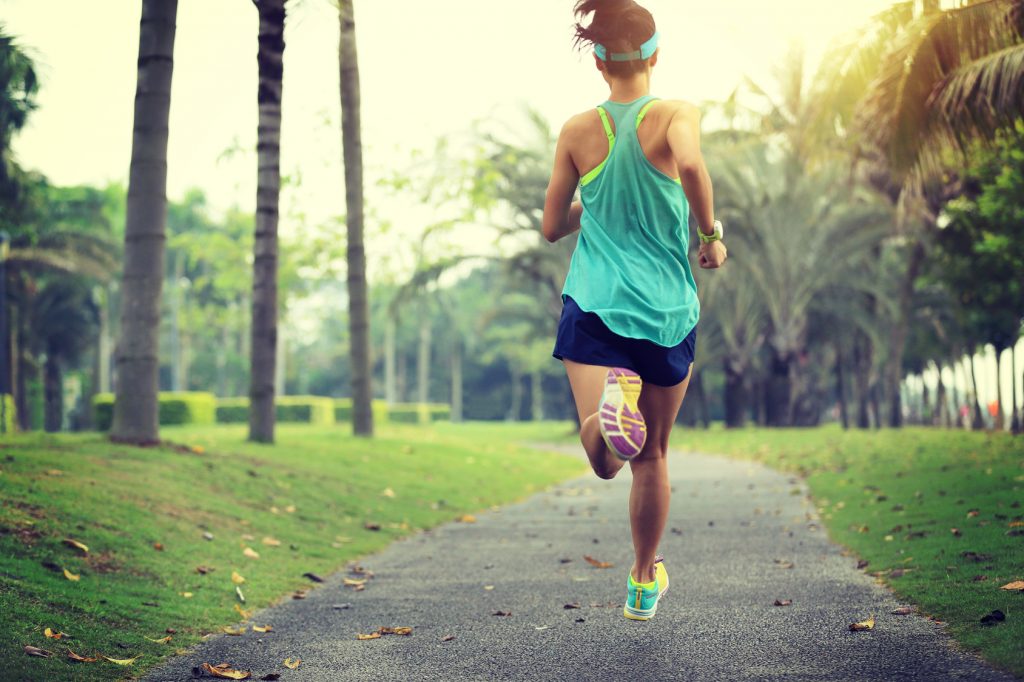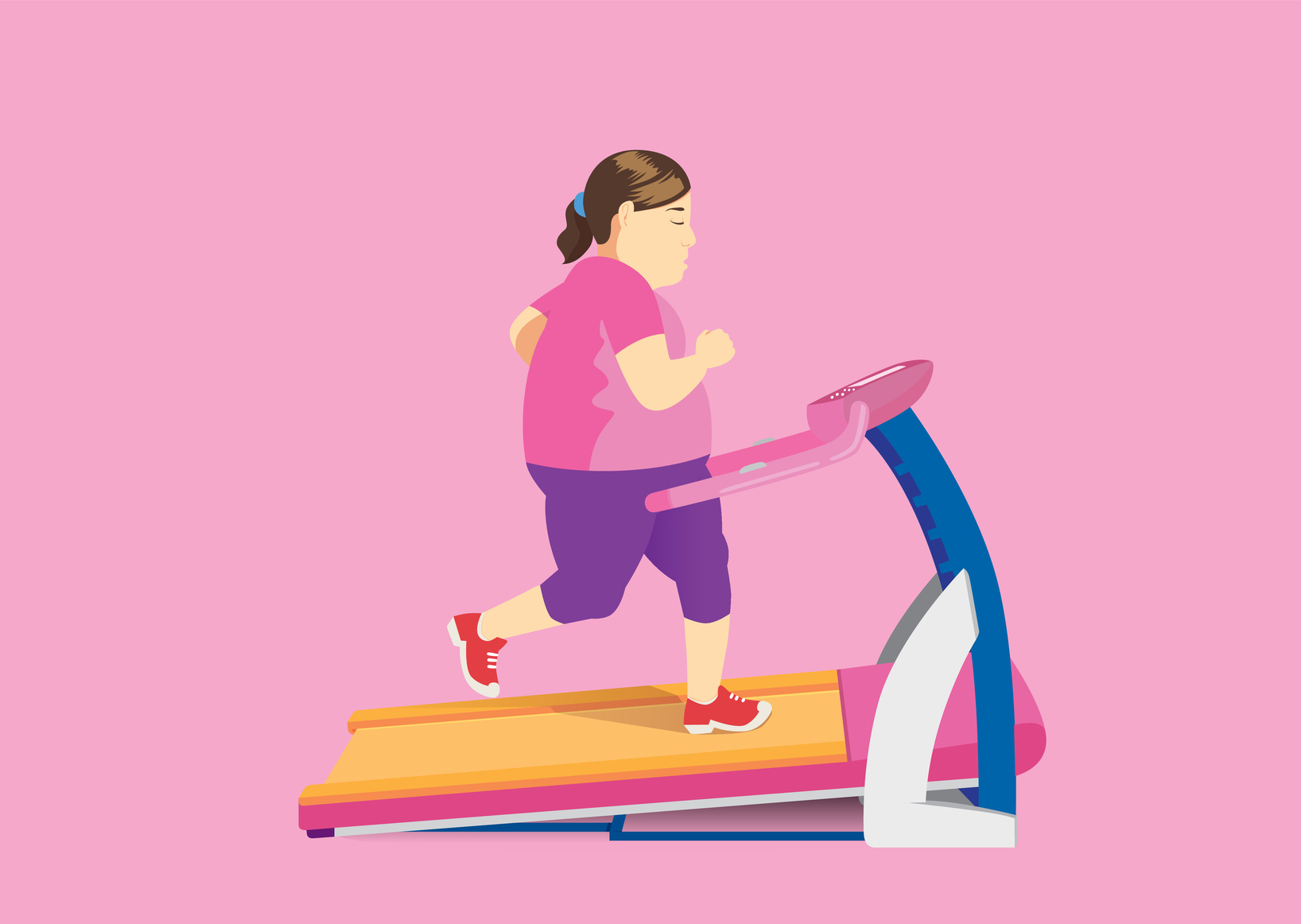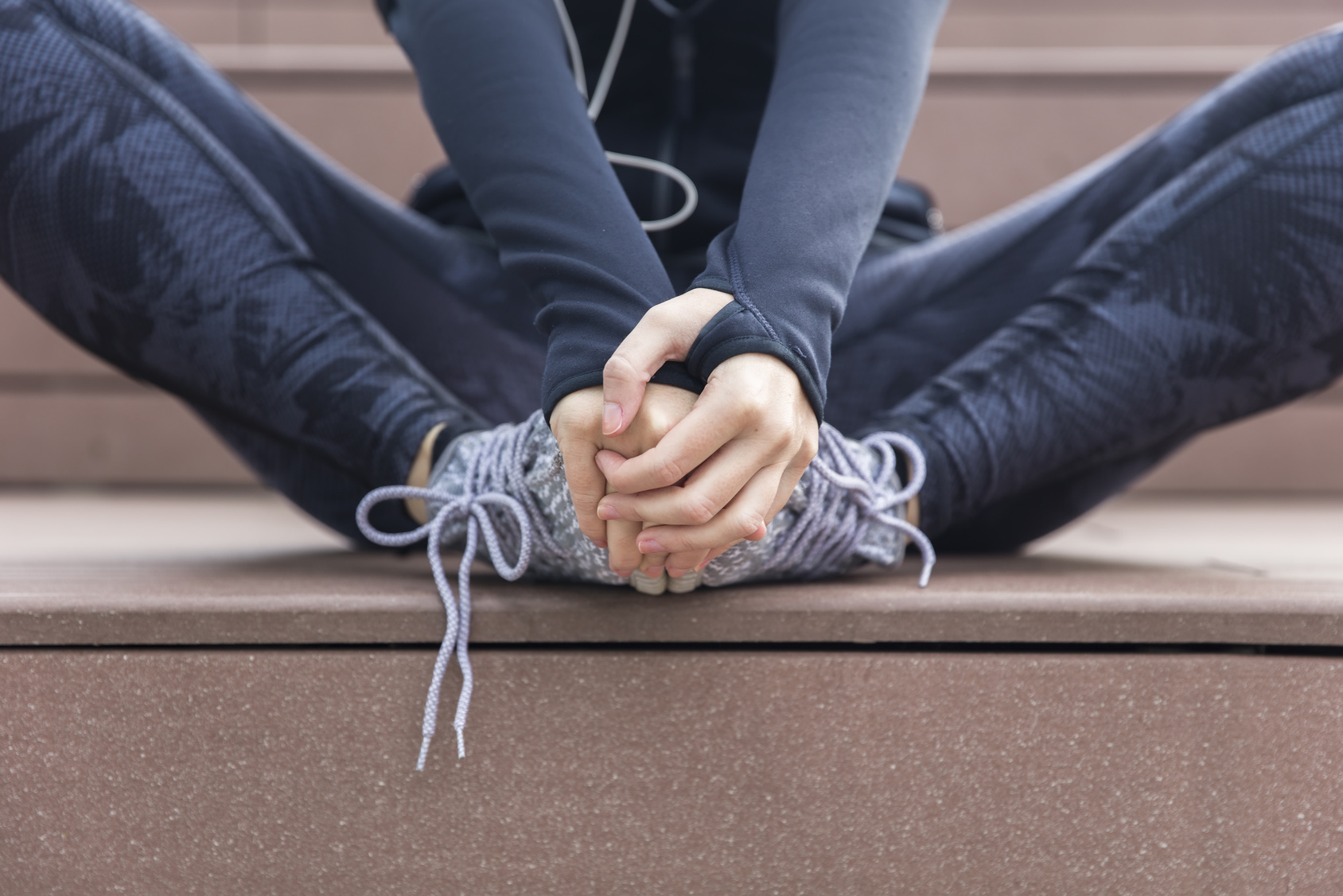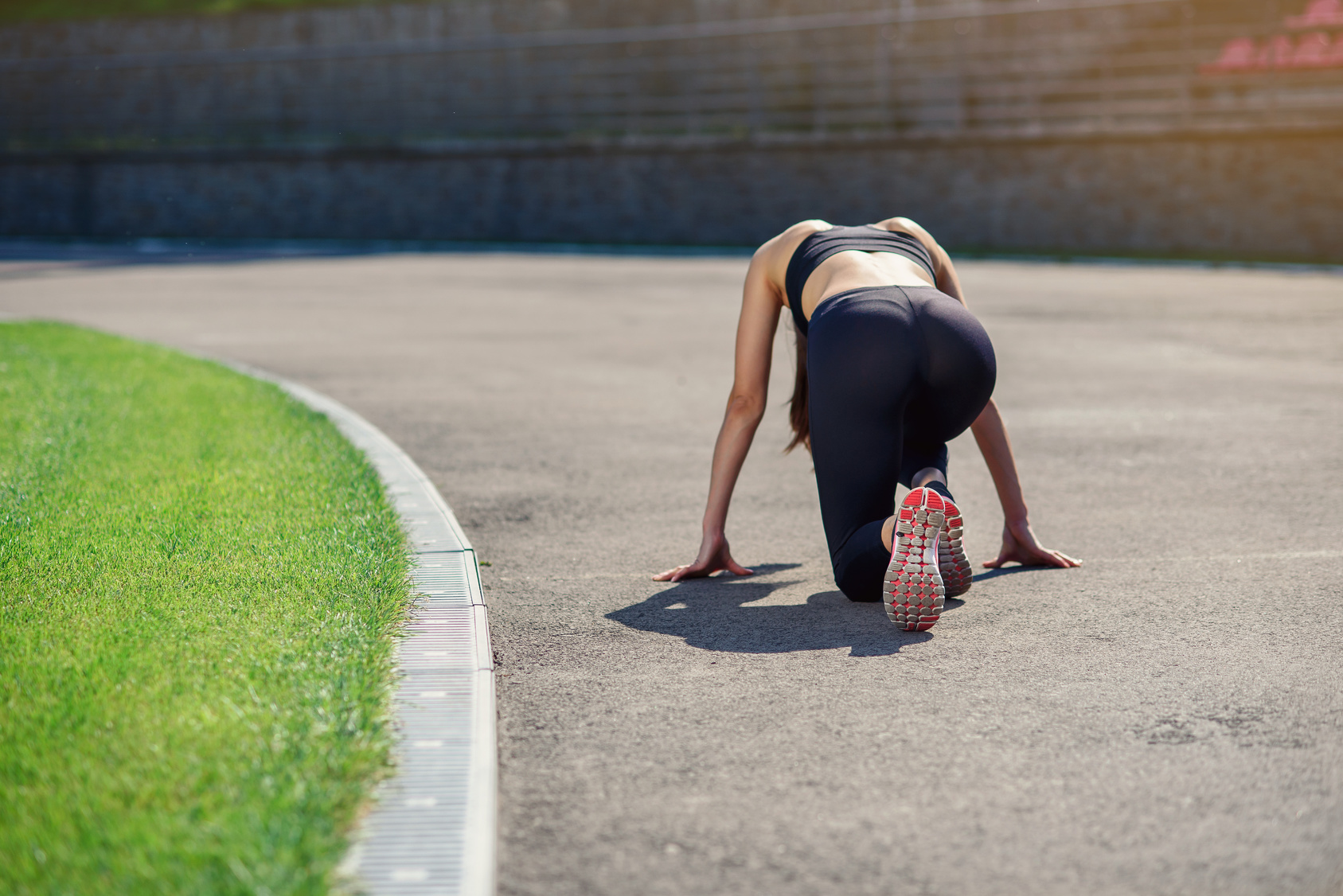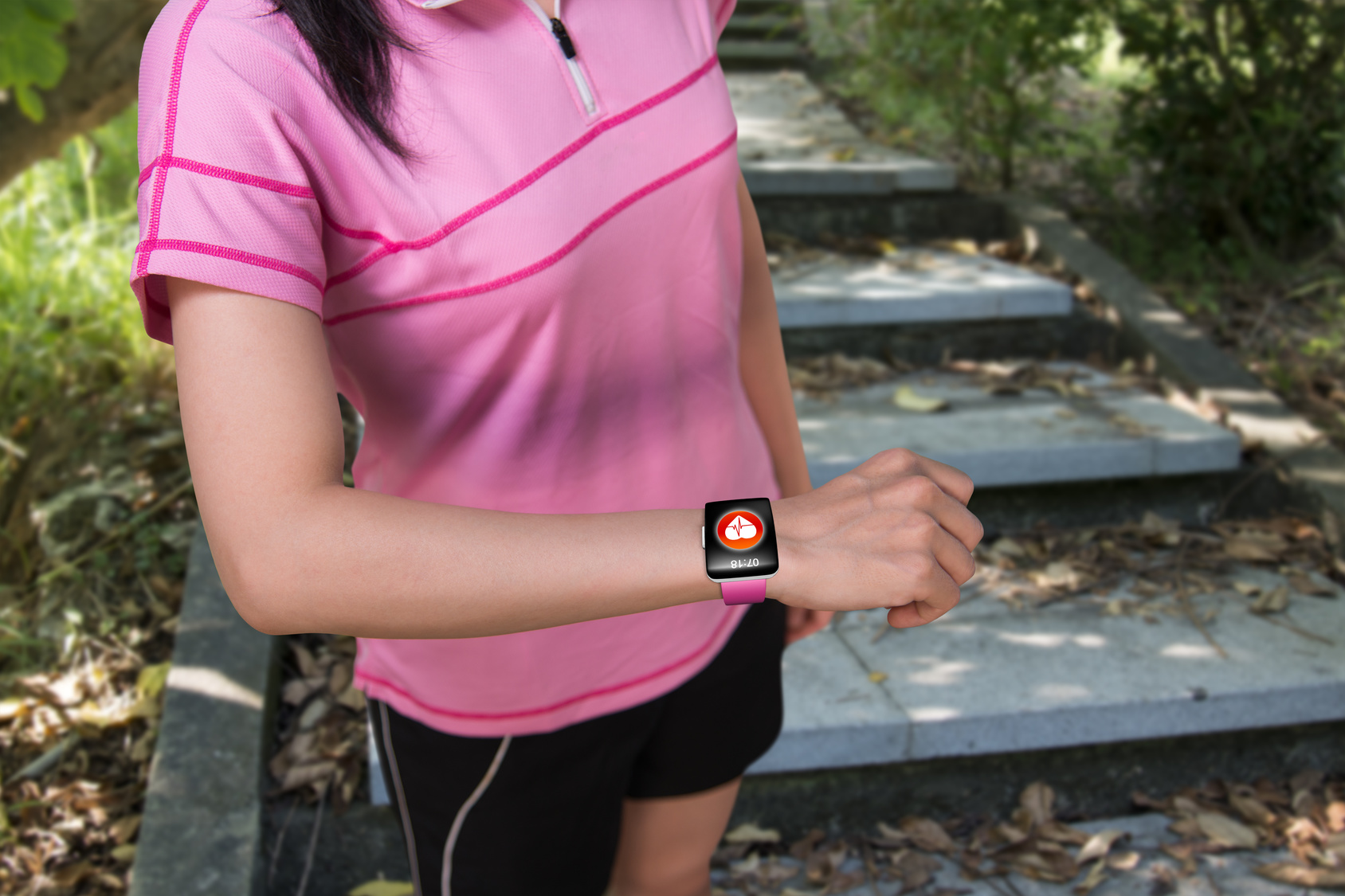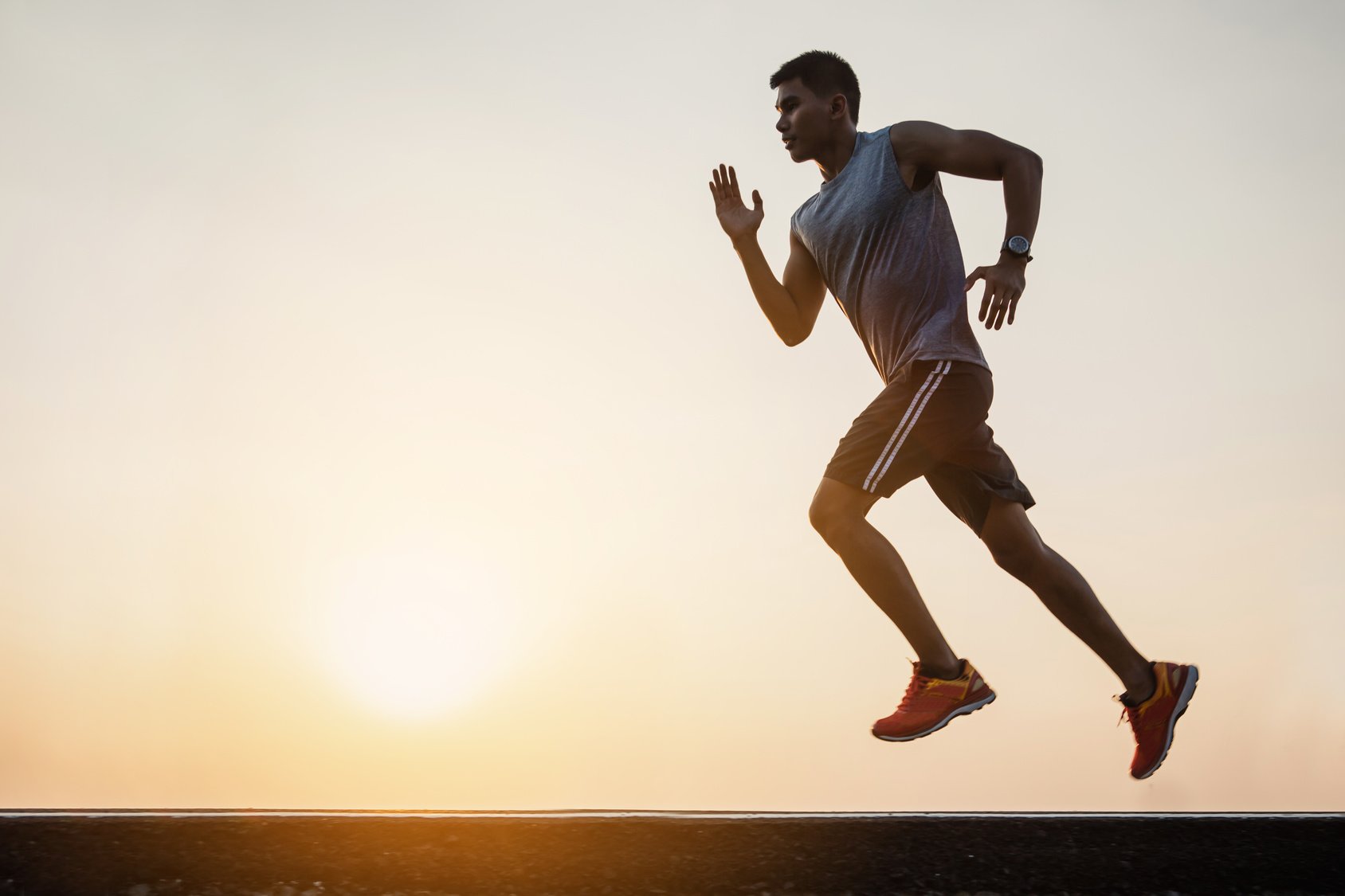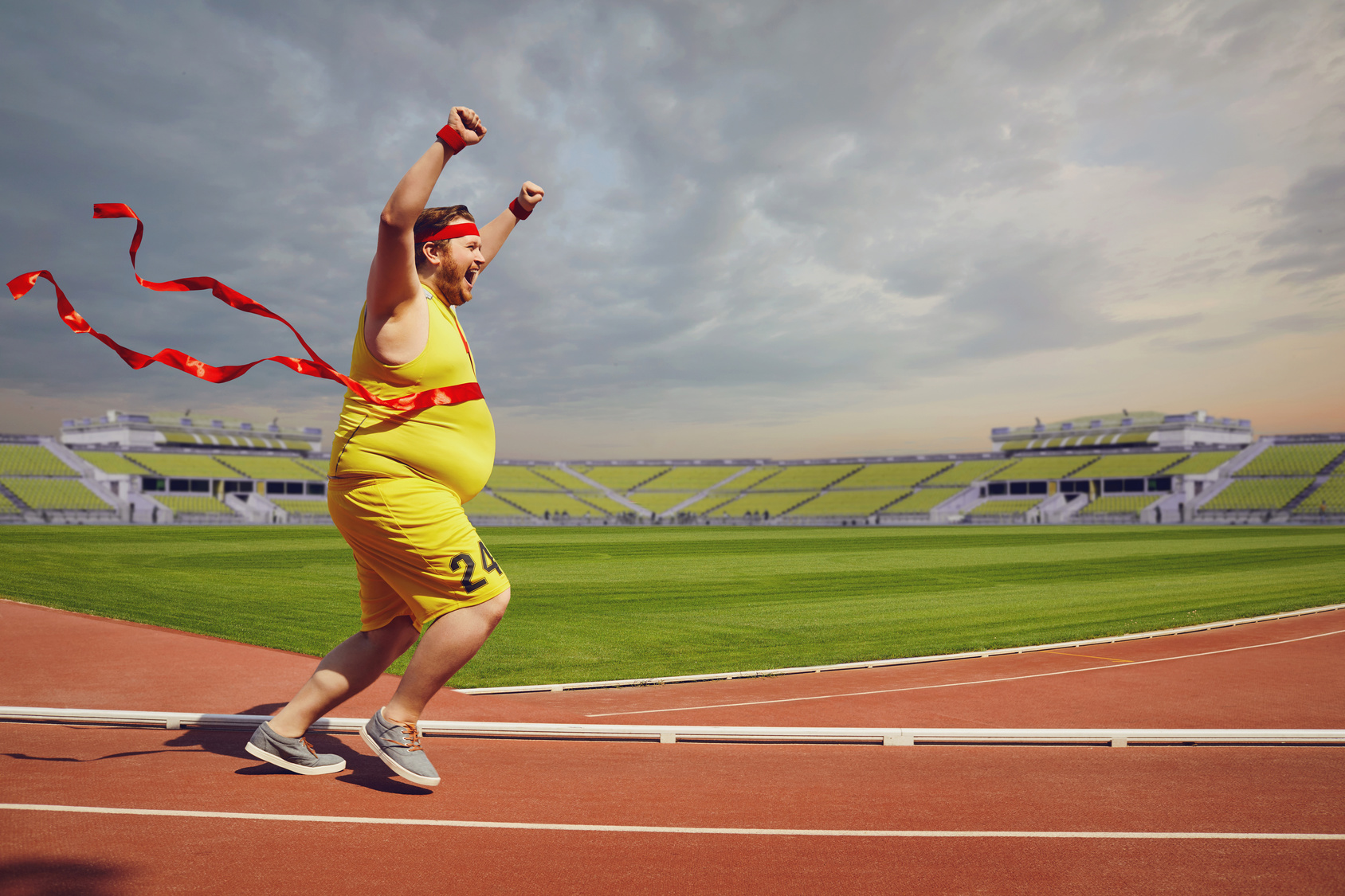Looking for a complete guide to advanced running metrics? Then you’ve come to the right place.
Running watches—and other wearable tech—are packed with sensors and stats that help you keep track of vital physiological and performance metrics.
This, in turn, paves the way for efficient, pain-free, and optimal training.
But understanding as well using all that data to your benefit can be tricky.
Fret no more. Introducing…
9 Advanced Running Metrics You Need To Know About
In this article, I’ll dive into nine common advanced running metrics, unpack what they’re all about, as well as how to make the most out of each feature.
Sounds great?
Let’s get started.
Running Metric – 1. Training Load
If you’re logging the miles every day and your runs are getting progressively harder, your conditioning is going to improve. Slack off for longer than you should, and your performance will dip.
That’s the whole thing about fitness adaptation, after all.
But how do you know which is which?
Enter training load, which can help monitor the combined strain of all of your workouts.
Let me explain more.
While using the latest heart rate technology, this feature measures the stress on your aerobic system both during and after your runs to figure out the total toll on your body.
Based on this data, you’ll get a personalized recommendation on when to scale back or train a little bit more. This, as you can tell, helps you stay within the sweet spot throughout your training.
Running Metric – 2. Ground Contact Time
If you have a history of overuse injury and can’t tell why this feature might help.
As the name implies, ground contact time, or GCT, refers to the average amount of time each foot spends on the ground instead of flying through the air while logging the miles.
This is typically measured in milliseconds (MMS). Most research reports that elite runners have less than 200 mms of average GCT.
Since it’s a byproduct of running technique, ground contact time is a personal affair, but most experts agree that the faster you run, the lower the GCT.
A longer ground contact time is generally correlated with an inefficient running economy. By lowering your ground contact time, you may improve your running efficiency and help prevent injury.
What’s more?
Ground contact time may reveal a runner’s leg symmetry as well as indicate strength imbalances and leg length differences. Ideally, you should have a symmetrical gait.
GCT is also closely related to cadence. As your cadence increases, you also bring down your ground contact time and should be running faster.
So how do you reduce ground contact time?
There are many things you can do, but most importantly, work on improving your cadence and taking quick and light steps. Think ninja steps. You should also work on shortening your stride length, which is the distance of your stride from one footfall to the next (more on this later).
What’s more?
Add a lower-body specific strength routine as well as some sprint training to your running plan.
Additional source – Here’s the full guide to average stride length.
Running Metric – 3. Vertical Oscillation
Vertical oscillation is the distance your upper body bounces up and down on each running step.
By the same token, this feature measures this displacement of your torso as you run to understand the impact of bounce on your performance.
It is usually measured in centimeters from a fixed point on your body with Standard measures are roughly 6 and 13 centimeters.
In general, you’ll want to keep the “bounce” at a minimum: the less vertical oscillation, the better. Too much bounce means that you’re wasting lots of energy—energy better used to propel you forward.
Let me explain.
When running, your ultimate purpose is to propel your body forward and keep moving in a horizontal direction. Not up. Gravity speed isn’t going to change anytime soon.
By lowering vertical oscillation, you reduce energy waste, gravitation friction and improve running economy.
Excessive vertical oscillation may also indicate that your form is breaking down. Thus, you can use this feature to monitor how your form deteriorates and how long it takes it to go south even if the goal pace is maintained.
How to lower it?
Start by shortening your stride length. Imagine balancing an object on top of your head. This should help.
You can also perform exercises such as squats and jumping movements that directly target the muscles of your glutes, hamstrings, and core—key running muscles.

Running Metric – 4. Vertical Ratio
Another very useful metric, vertical ratio (VR), describes your running efficiency by examining your forward propulsion.
More specifically, it measures your vertical oscillation (ground clearance or lift) divided by your stride length (distance traveled with each stride).
The lower the vertical ratio, the better your running economy. Your running efficiency is subpar when you’re spending more time airborne but aren’t covering a lot of ground.
On the other hand, by lowering the amount of time that your body travels vertically, you can improve your efficiency and speed down the road.
So how do you actually do that?
You can improve your VR by either (1) increasing your stride length. Instead of reaching over on each step to cover more ground, try applying more power off the ground.
Or (2) reducing your vertical oscillation by landing on your forefoot and adding a “bounce” to your strides.
Additional Resource – Here’s the full guide to running watches
Running Metric – 5. Heart Rate
Heart rate (HR) is, hands down, one of the best indicators of running effort. It’s also one of the best indicators of any activity
Let me explain why.
The heart, not the hips, after all, never lies.
As you increase your effort (pace, distance, or both), your heart is forced to pump more oxygen and nutrients to fuel your activity. This makes your heart rate go up.
Tracking your heartbeats per minute (BPM) will help tell you exactly how hard you’re pushing yourself.
Understanding how your cardiovascular system reacts to different workout intensities helps you train within the right pace/effort range.
Heart rate depends on various factors such as age, fitness level, temperature, etc.
Using HR efficiently starts with knowing what your maximum heart rate, or HR Max, is.
This one refers to the highest number of times your heart beats in one minute while exercising at maximum capacity. It’s unique to every runner and depends on factors such as genes, age, etc.
Maximum heart rate can be measured using a number of methods. The most common and least reliable way to measure it is by subtracting your age from 220. The most accurate measurement takes place in a lab.
Heart rate is broken down into zones that correlate to workout intensity. As a rule, the higher the zone, the higher the intensity—and vice versa. As a runner, you’ll want to keep training within certain heart rate zones to make the most out of your workouts.
For example, an easy run should not extend beyond zone 3—or else that you’re pushing your body when you should be taking it easy.
Additional Resource – Does running make you old
Running Metric – 6. Running Power
Thanks to advances in fitness technology, running power has become a common feature in the running world—not just in cycling as it had been the case for the last few years.
So what is it all about?
Running power is the amount of work in a unit of time that you do against external resistance.
More specifically, this feature measures the force you’re exerting at any given moment and how fast—(rate of speed)—you’re doing it. The power unit is typically expressed in Watt (W); the higher the number, the more power you’re producing with each step.
In other words, it’s a metric of output you’re producing while running.
The main benefit of monitoring power output is to help you keep steady efforts on your runs. This helps improve your running form, practice better pacing, and achieve faster running times.
Additional resource – Your guide to heart rate variability
Running Metric – 7. Stride Length
As the name implies, stride length is essentially the distance you cover with each step while running. In other words, it’s the length and amplitude of your running stride.
Stride length varies widely depending on the runner’s physiology, strength, mobility, and fitness level. The important thing is to keep an optimum stride length without overstriding.
Just like other running metrics, stride length is related to your physiology—mainly, your leg length—but, as a general guideline, covering more distance on each stride can help you improve as a runner.
However, the key to keeping an optimum stride is to do it without overstriding. If you reach too much forward, you’ll be creating a braking action with each step. This may cause more harm than good.
The Practice
The best way to improve your stride length is to improve your cadence. Check out the next feature for more.
Additional guide – Age grading explained
Running Metric – 8. Cadence
Cadence is one of the most important stats for examining your running form efficiency.
Luckily, it’s also easy to improve once you’re aware of it.
So what is it all about?
Also known as stride rate, cadence is the number per minute (SPM) you take while running in a given period of time.
A typical cadence may range between 150 to 200 steps per minute, but most experts recommend the 170-180 SPM as the most efficient for optimum running.
The best way to determine your running cadence is to count the number of steps your right foot hits the ground in one minute of running, then multiply it by two.
Cadence could be the key for you to run faster and more efficiently.
If you want to become a faster runner, you can do either one of two ways: (1) by increasing your stride length so you cover more distance with each step or (2) by increasing your cadence so that you have a faster leg turnover.
Here’s the thing. When you choose a route (1), you’ll be prone to over stride, putting extra stress on your muscles and joints, which, in turn, increases your injury risk.
On the other hand, improving your cadence allows you to run much more efficiently by generating more force to drive you forward.
There are many ways to work on your cadence—one of the most efficient is to find a 170-180BPM playlist then try to synchronize your steps with the beat of the music. Using a metronome can also help.
Running Metric – 9. VO2 Max
Though it may sound complicated, VO2 max is simply a measure of the maximum volume of oxygen you consume per minute during intense training
By determining your VO2 max, you’ll be able to set better training goals, assess your progress, and determine the effectiveness of your training.
Just like HR max, the most reliable way to determine your VO2 max is conducted in a sports lab while using expensive gas exchange equipment.
However, some wearable technology can help you, at the very best, estimate your current VO2 Max by using intelligent algorithms and a heart rate monitor.
Any type of exercise helps your VO2 max, but research has found that going intense and short—as in doing high-intensity interval training—to be one of the most efficient ways to increase and/or maintain an optimal VO2 max. Learn more about VO2 max charts here.
Advanced Running Metrics – In conclusion
From the looks of it, this may seem like a lot to keep track of, but, at the end of the day, when used together, the running metrics I shared today can help provide a detailed and precise picture of your overall progress and training effectiveness.
And the more you practice them, and you build the habit, the easier it will be to wrap your head around the different stats and features. Yes, it’s just a matter of practice. The important thing is to make the most out of the tech you have. Don’t let it abandon and waste your money.
Please feel free to leave your comments and questions in the section below.
In the meantime, thank you for dropping by.
Keep running strong.
David D.



